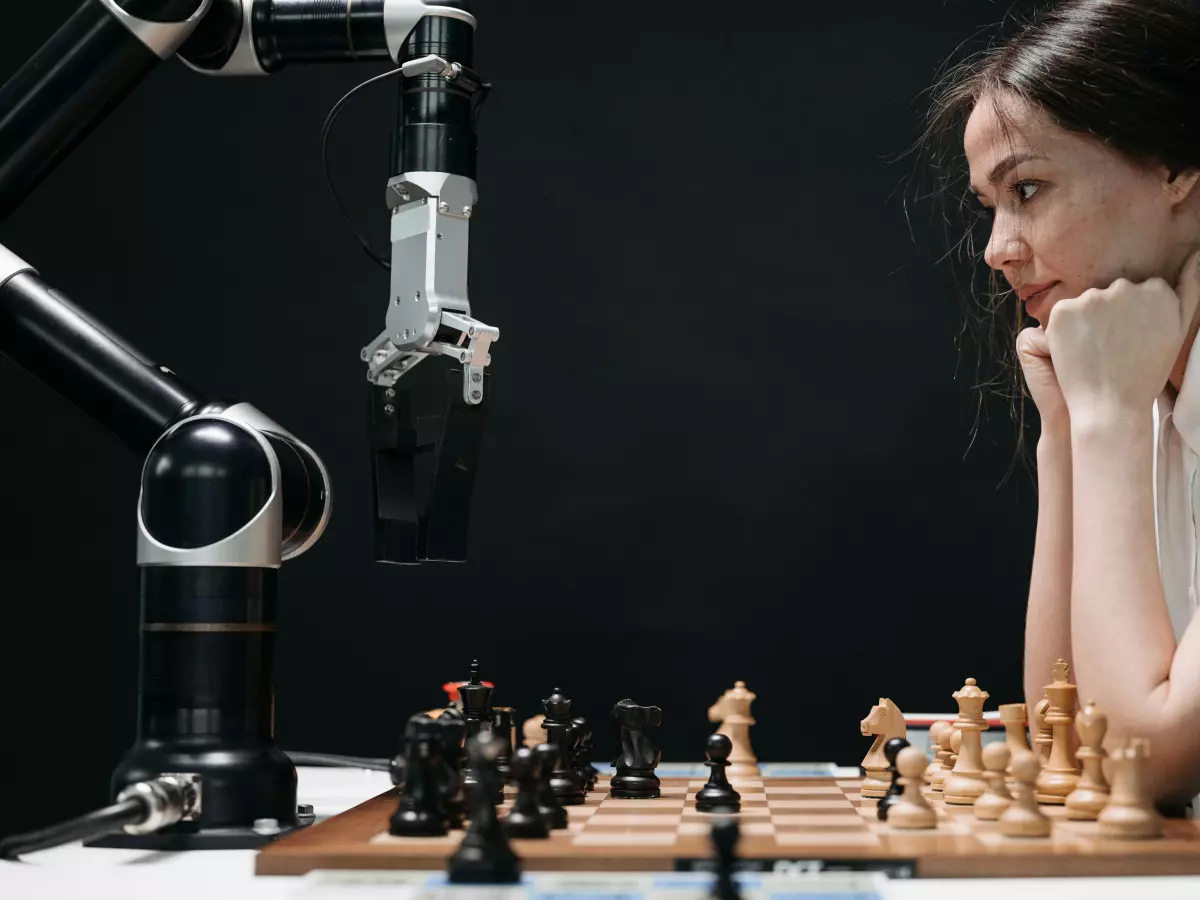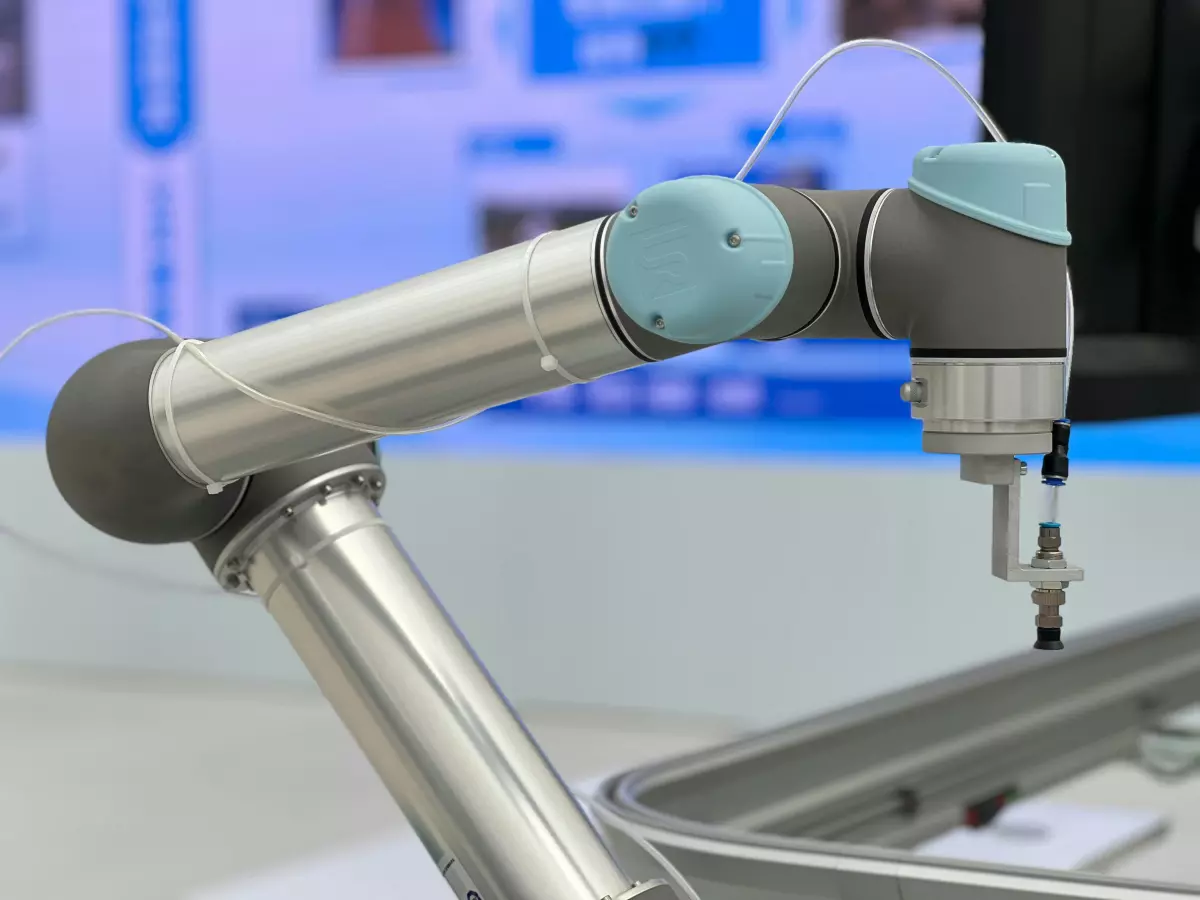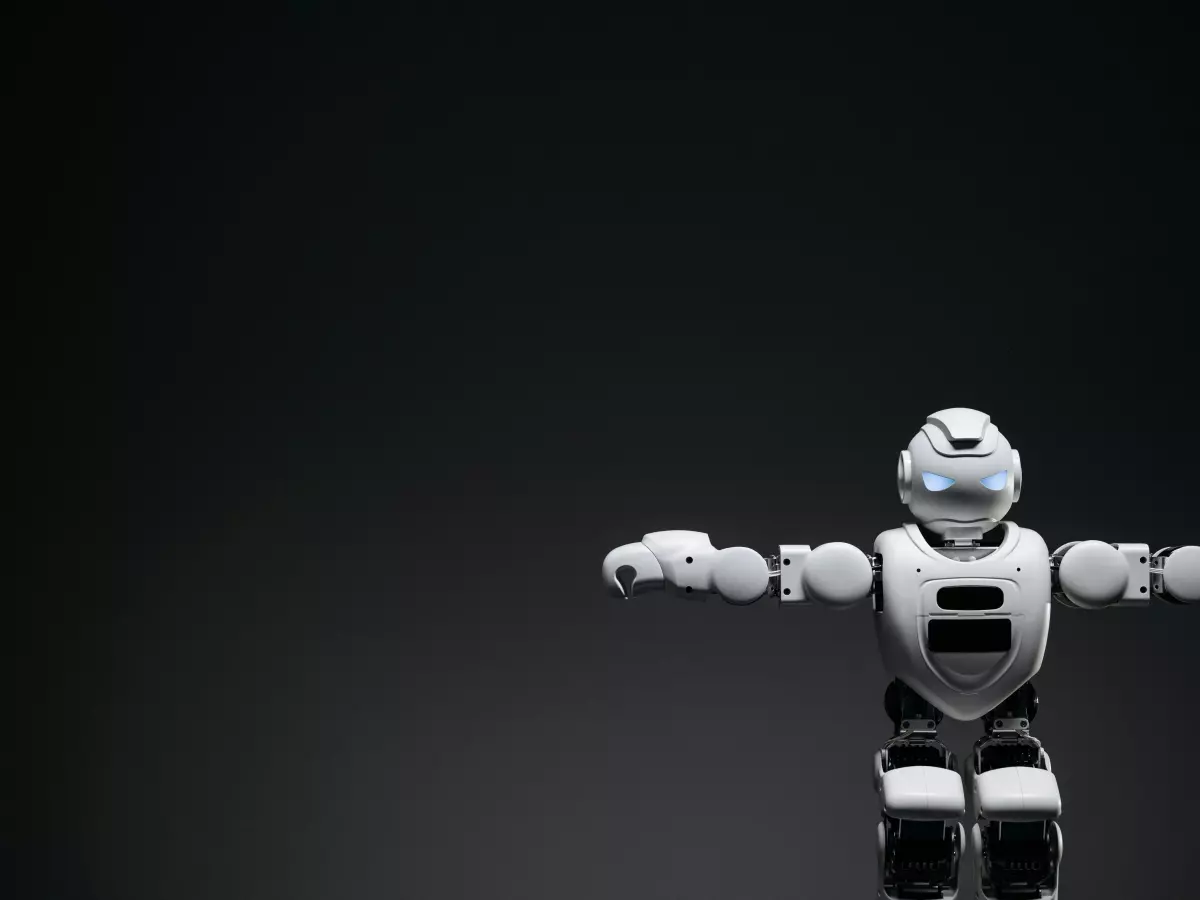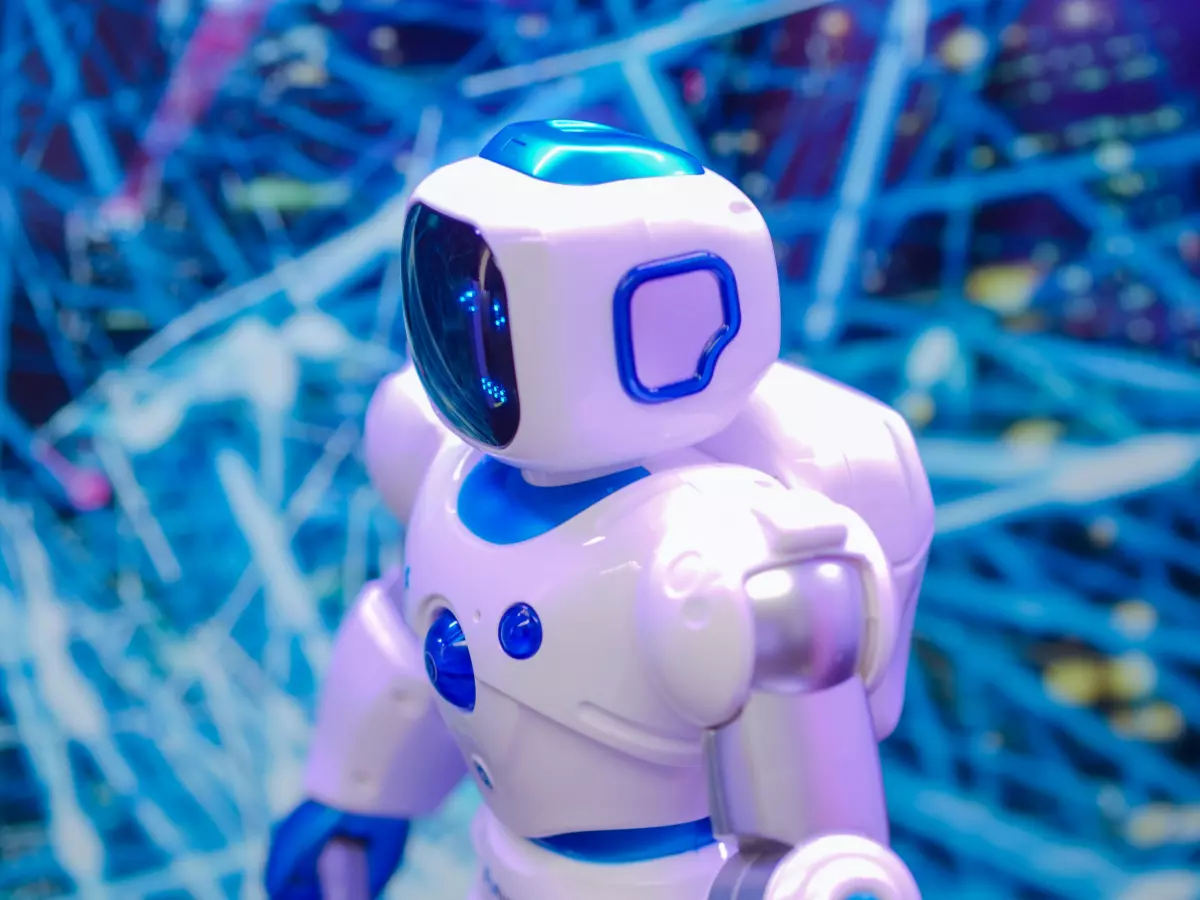Hands Off!
Humanoid robots are often designed with hands that mimic human anatomy, but is this really the best way forward? Or are we just too obsessed with replicating ourselves?
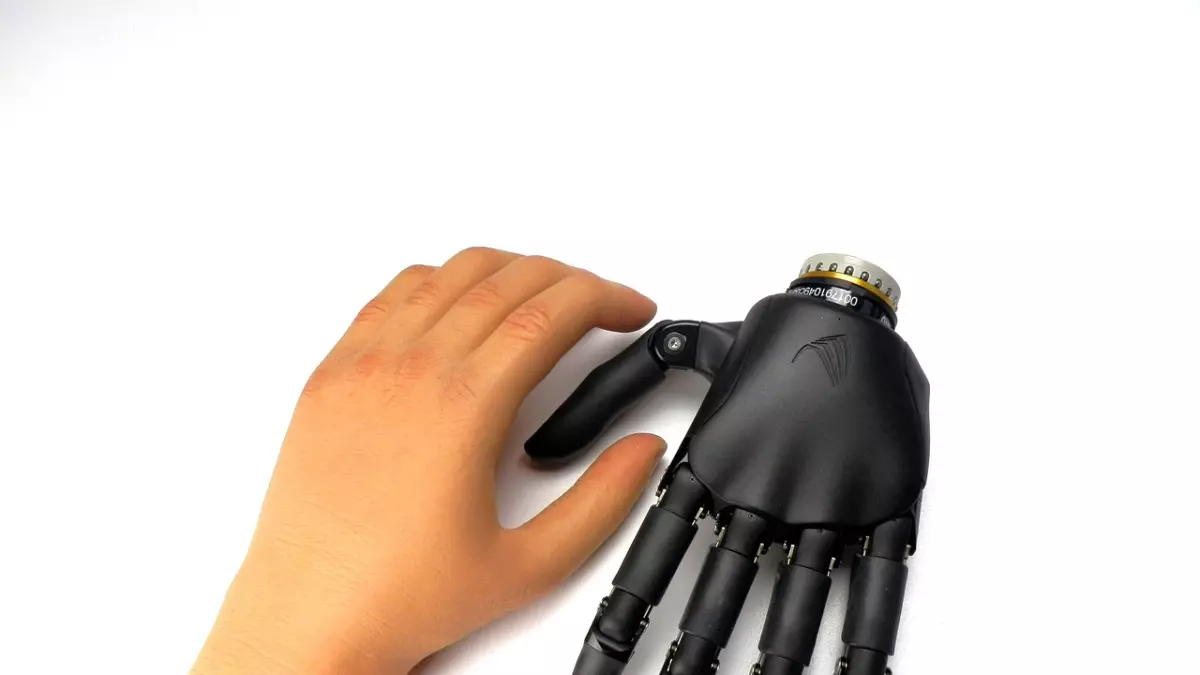
By Liam O'Connor
Picture this: you're watching a humanoid robot delicately pick up a cup of coffee, its fingers curling around the handle with the same dexterity as a human hand. It's impressive, right? But here's the kicker—what if that humanlike hand isn't actually the best design for the job? What if we're so focused on making robots look like us that we're missing out on more efficient, more functional alternatives?
Humanoid robots have long been designed with hands that resemble our own. Five fingers, opposable thumbs, the whole shebang. But here's the thing: human hands evolved for a wide range of tasks, from wielding tools to expressing emotions through gestures. Robots, on the other hand (pun intended), don't need to do all of that. They have a much more specific set of tasks to accomplish, and designing their hands to mimic human anatomy might not be the best way to optimize their performance.
Why Humanlike Hands? Tradition or Necessity?
Let's face it, humanoid robots are often designed to look like us because, well, we like things that look like us. It's a psychological thing. We feel more comfortable interacting with robots that resemble humans. But when it comes to functionality, humanlike hands might not be the most efficient design. Think about it: a robot designed for assembly line work doesn't need to have five fingers. In fact, a simpler, more specialized design might be more effective.
Take a look at industrial robots. Many of them have grippers or claws instead of hands, and they perform their tasks with far more precision and speed than a humanoid robot with humanlike hands ever could. So why are we so obsessed with giving humanoid robots hands that look like ours? It's time to rethink this design choice.
Specialization Over Imitation
One of the key advantages of robots is their ability to be specialized. Unlike humans, who need to be generalists to survive, robots can be designed for very specific tasks. This means that their hands—or whatever appendages they use—can be optimized for those tasks. For example, a robot designed for delicate surgery might have hands that are more like precision instruments than human hands. A robot designed for heavy lifting might have hands that are more like clamps or hooks.
By focusing on specialization rather than imitation, we can create robots that are far more efficient and effective at their tasks. Sure, they might not look as cool as robots with humanlike hands, but when it comes to getting the job done, function should trump form.
The Role of Sensor Integration
Another factor to consider is sensor integration. Human hands are packed with sensors that give us an incredible amount of information about the objects we touch. Temperature, texture, pressure—you name it, our hands can sense it. But robots don't need to replicate this exact sensory experience. Instead, they can be equipped with sensors that are optimized for their specific tasks.
For example, a robot designed for handling fragile objects might have sensors that can detect minute changes in pressure, allowing it to adjust its grip accordingly. A robot designed for hazardous environments might have sensors that can detect temperature or radiation levels. By integrating the right sensors into a robot's hands—or whatever appendages it uses—we can give it the ability to perform its tasks with precision and accuracy, without needing to replicate the full range of human sensory capabilities.
Motion Control: Less Is More
Human hands are incredibly complex, with dozens of muscles and tendons working together to create a wide range of movements. But this complexity comes at a cost. It's difficult to replicate in robots, and even when we do manage to create a robot hand with the same range of motion as a human hand, it's often slower and less efficient.
By simplifying the design of a robot's hands, we can also simplify the motion control algorithms that govern their movements. A robot with a simpler hand design might not be able to perform every task that a human hand can, but it can perform its specific tasks more quickly and efficiently. In many cases, less really is more when it comes to motion control.
Breaking Free from the Human Mold
So, why are we so stuck on the idea that humanoid robots need to have humanlike hands? Part of it is psychological—we're more comfortable with robots that look like us. But part of it is also a lack of imagination. We've been designing robots to mimic humans for so long that we've forgotten that robots don't need to look like us to be effective.
It's time to break free from the human mold and start designing robots that are optimized for their specific tasks, rather than trying to make them look like us. Whether that means giving them hands that look more like tools or claws, or even designing entirely new appendages that don't resemble anything in nature, the possibilities are endless.
In the end, the goal should be to create robots that are as efficient and effective as possible, not robots that look like us. After all, the wheel doesn't look anything like a human leg, but it's one of the most efficient designs in history. Maybe it's time to take a page out of that book and start designing robots that are optimized for their tasks, rather than trying to make them look like miniature versions of ourselves.
